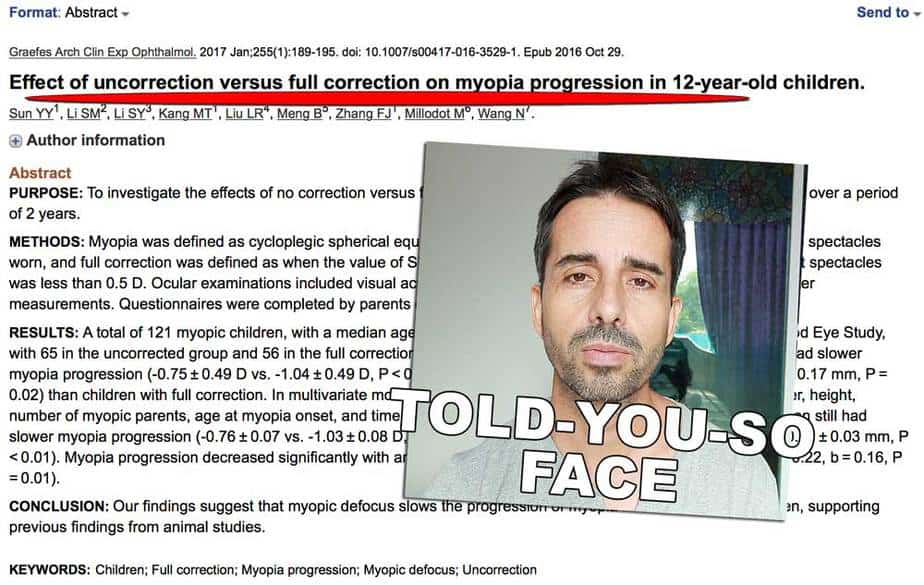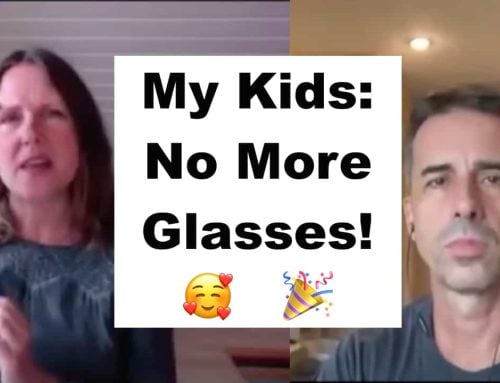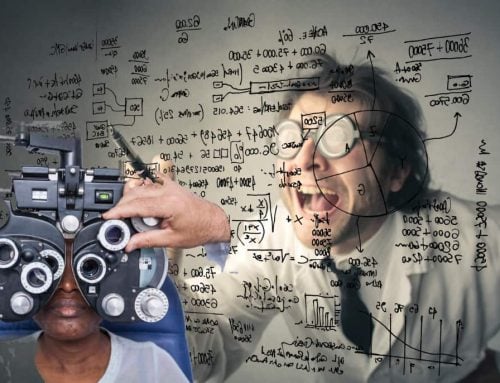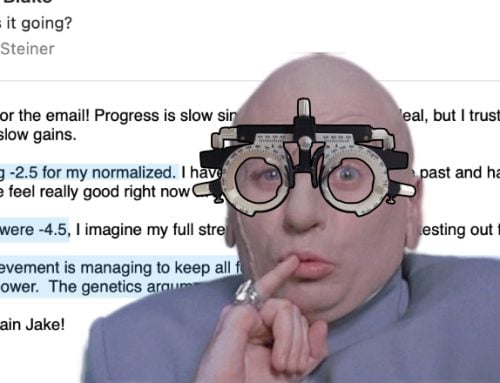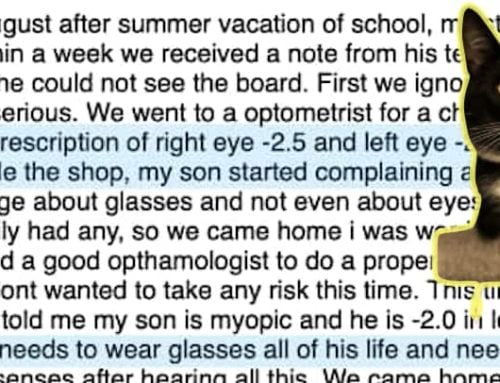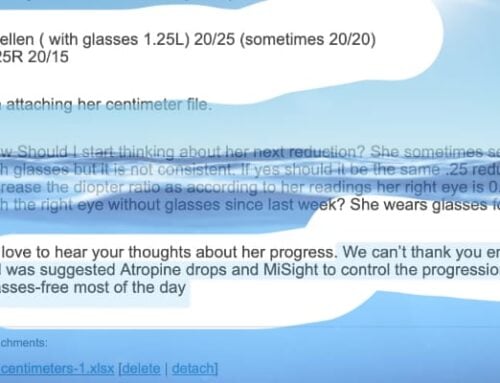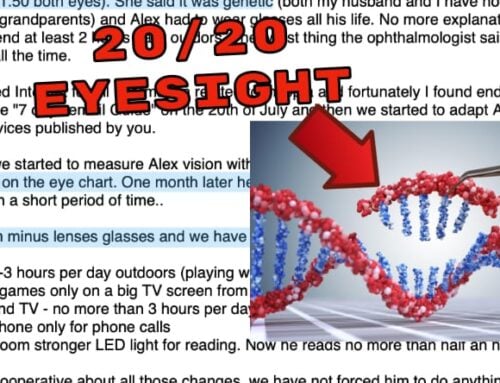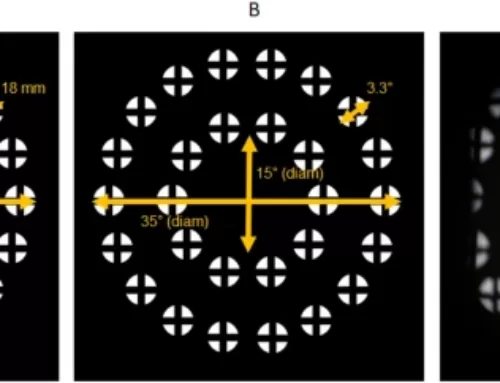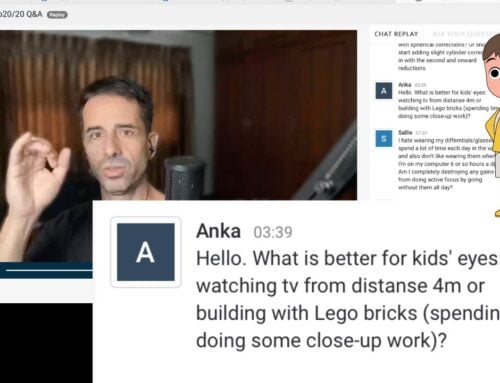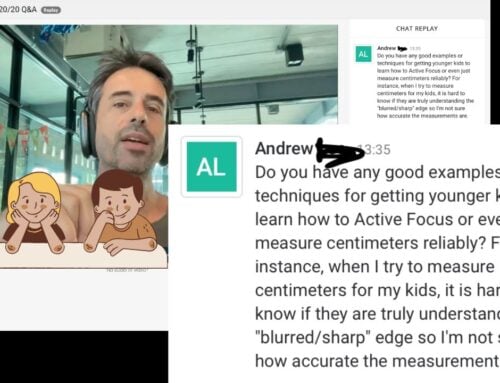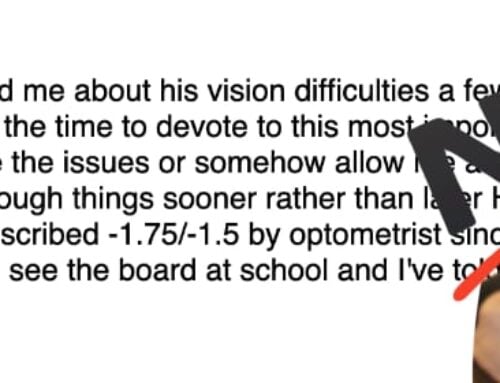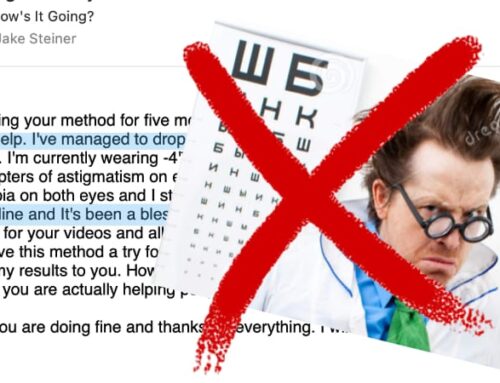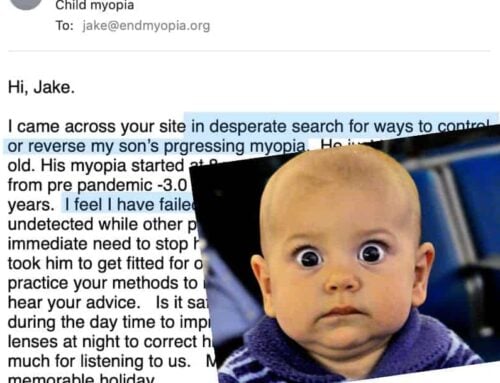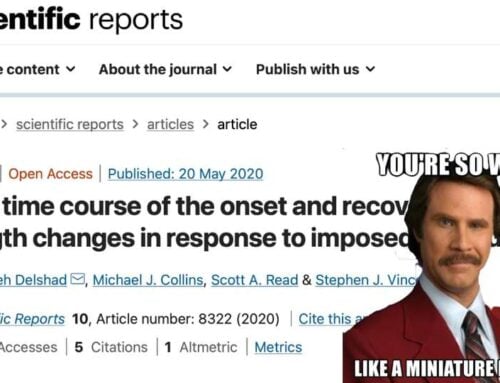Studies, darlings.
Today we’ve got a very interesting one, showing very clearly that minus lenses cause children to get myopic faster – and conversely that *not* wearing glasses, while already mildly myopic, slows myopia progression.
Yes, maybe you’re rolling your eyes right now. Obviously all this is obvious. Still though, it’s fun to rub studies in the establishment’s clueless faces.
So let’s get to it.
Study, titled: “Effect of uncorrection versus full correction on myopia progression in 12-year-old children.”
METHODS:
To investigate the effects of no correction versus full correction on myopia progression in Chinese children over a period of 2 years.
METHODS:
Myopia was defined as cycloplegic spherical equivalent (SE) of ≤ -0.50 D. Uncorrection was defined as no spectacles worn, and full correction was defined as when the value of SE subtracted from the dioptric power of the child’s current spectacles was less than 0.5 D. Ocular examinations included visual acuity, cycloplegic autorefraction, axial length and vertometer measurements. Questionnaires were completed by parents on behalf of the children.
RESULTS:
A total of 121 myopic children, with a median age of 12.7 years, were screened from the Anyang Childhood Eye Study, with 65 in the uncorrected group and 56 in the full correction group. At 2-year follow-up, children with no correction had slower myopia progression (-0.75 ± 0.49 D vs. -1.04 ± 0.49 D, P < 0.01) and less axial elongation (0.45 ± 0.18 mm vs. 0.53 ± 0.17 mm, P = 0.02) than children with full correction. In multivariate modeling, adjusting for baseline SE or axial length, age, gender, height, number of myopic parents, age at myopia onset, and time spent in near work and outdoors, children with no correction still had slower myopia progression (-0.76 ± 0.07 vs. -1.03 ± 0.08 D, P < 0.01) and less axial elongation (0.47 ± 0.03 mm vs. 0.51 ± 0.03 mm, P < 0.01). Myopia progression decreased significantly with an increasing amount of undercorrection in all children (r = 0.22, b = 0.16, P = 0.01).
CONCLUSION:
Our findings suggest that myopic defocus slows the progression of myopia in already myopic children, supporting previous findings from animal studies.
Full abstract here.
Before you get excited though, winds of change, new research coming to light … maybe don’t get ahead of yourself.
These kinds of studies litter the science section of this blog. They go back several decades, to the days of black and white television and beyond. Nobody has started caring yet, and retail optometry continues to be a lens sales establishment, about earnings reports and protecting shareholder interests, and profiting off the future consequences of your myopia (“the industry looks forward to your retinal detachment“).
They won’t even acknowledge the obvious, when it’s staring them right in the face:

What a piece of sh*t, honestly.
Yes indeed, so-called doctors laughing it off when their treatment is causing more of the symptom.
Laughing most likely all the way to the bank, since they keep making more money as their treatment keeps making your eyes worse and worse. And worse. And your kids eyes. And really, I keep promising to not attack the establishment anymore.
The struggle is real, kittehs.
P.S.: Here’s a bit of an opposing claim, a study claiming that undercorrection increases myopia progression. I’ve picked this one apart at length, since it’s a great example of dumb study design and Chung who is generally famous (to us here) for being clueless.
Cheers,
-Jake

